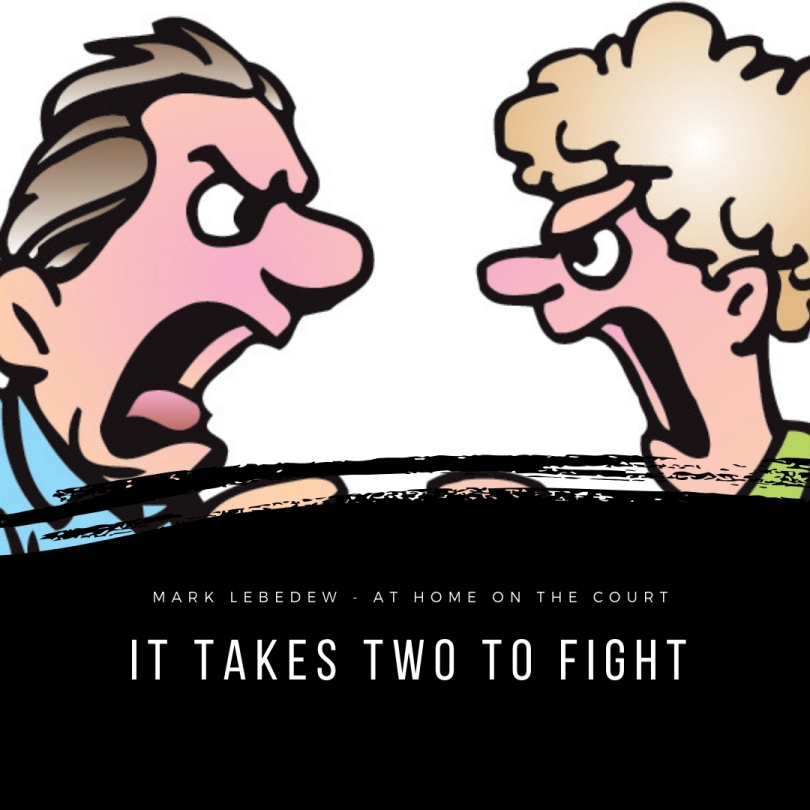
Tagged – Tip of the Week, Coaching Practice, Team Management
Coaches work in an environment in which competition is encouraged or even demanded. This environment requires its participants to be pushed to their mental and physical limits in order to learn and improve in all areas. This environment requires honesty in feedback which sometimes makes people uncomfortable
A competitive, learning, fatiguing, honest environment that makes people feel uncomfortable and brings many emotions to the surface or just below. Emotions that are lingering just below the surface can explode at any moment, at the smallest provocation.
When emotional, or emotionally charged, people are challenged their first instinct is to defend themselves. Sometimes that defence mechanism manifests itself verbally towards the coach. A tired and emotional player, responds to an ‘unfair’ request, or negative feedback by talking back to the coach. If the coach responds accordingly, either by arguing back, or punishing the player in some way the most likely scenario is that the conflict will escalate.
In most cases of conflict players are reacting in the heat of the moment, and may have a different response ten minutes later. In every single case, it is incumbent on the coach not to escalate the situation.
Coaches work in a difficult environment, but whatever the situation, they are the ones who must remain in control. There are no conflicts without the active participation of the coach. It takes two to fight.
A collection of more Coaching Tips can be found here.
For more great coaching tips, check out the Vyacheslav Platonov coaching book here.

Ok, that’s if the conflict is between the player and the coach or his decisions. But what do you think about internal team chemistry? Do you interfere between player and player conflict? I try to encourage my players to discuss some things internal and only interfere if the things are going out of control. I think in terms of team building, they should work out for themselves how to work which each other. And in this process there are some conflicts where I only observe.
LikeLike
Most things that look like conflict are the same as I described in the post. One person says something, the other reacts as a defence mechanism. In my experience, if you leave things there, most of the time it will blow over. This kind of ‘conflict’ is not a problem.
A much bigger problem is the conflict that is unspoken, that simmers below the surface. That is the really destructive one, and I don’t have a good strategy on how to solve that.
LikeLike
Thats true, for that its important to create a feedback culture, where everybody knows how to give constructive feedback and to ask if someone wants to have feedback. So everbody unterstand that unspoken conflicts need to be communicated. Thanks for your reply
LikeLike